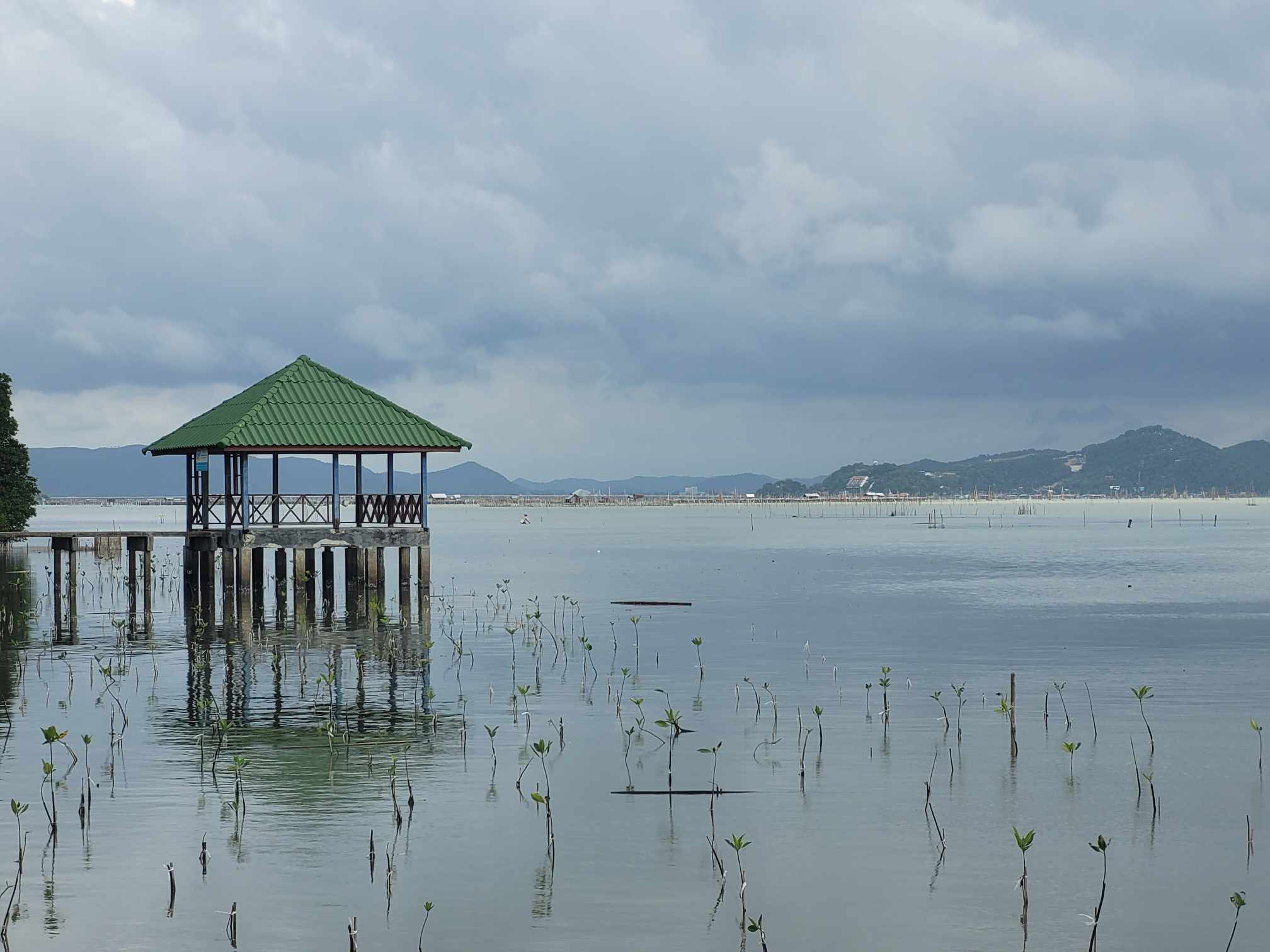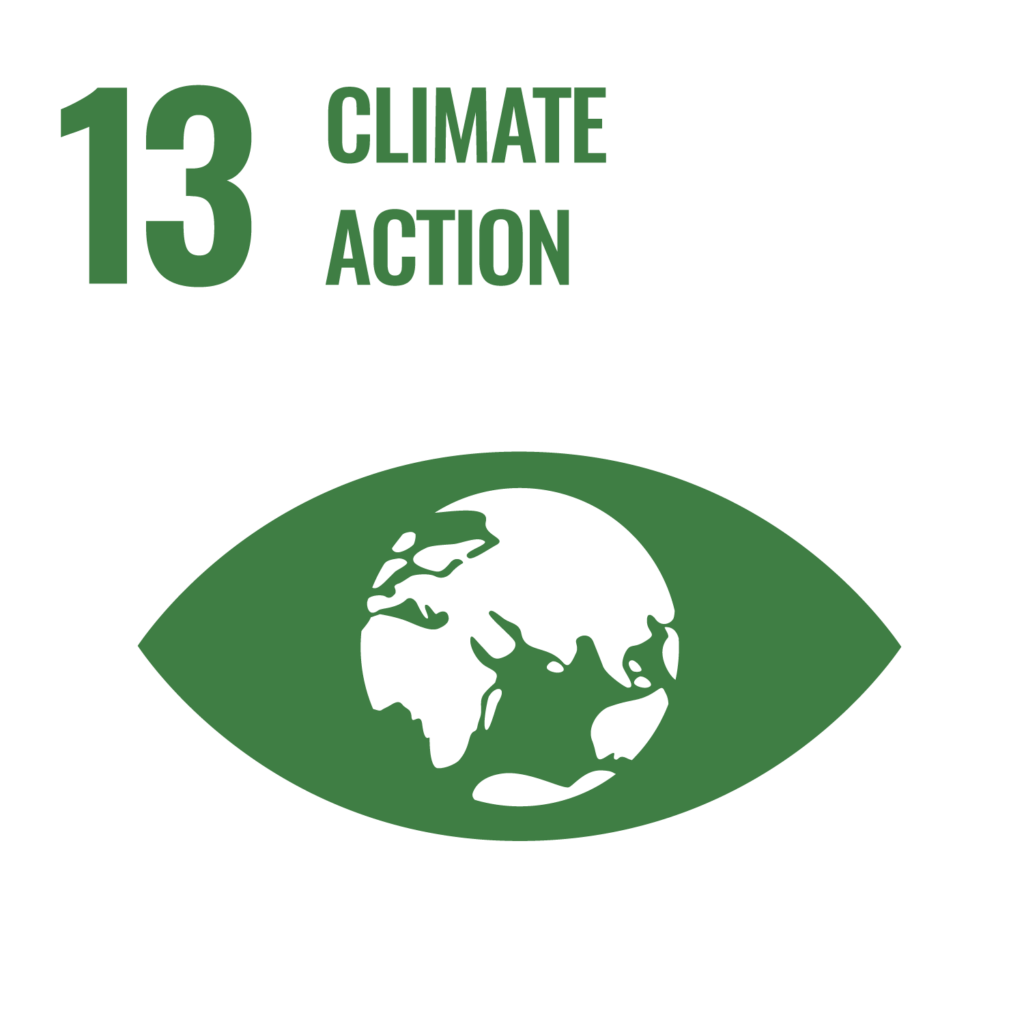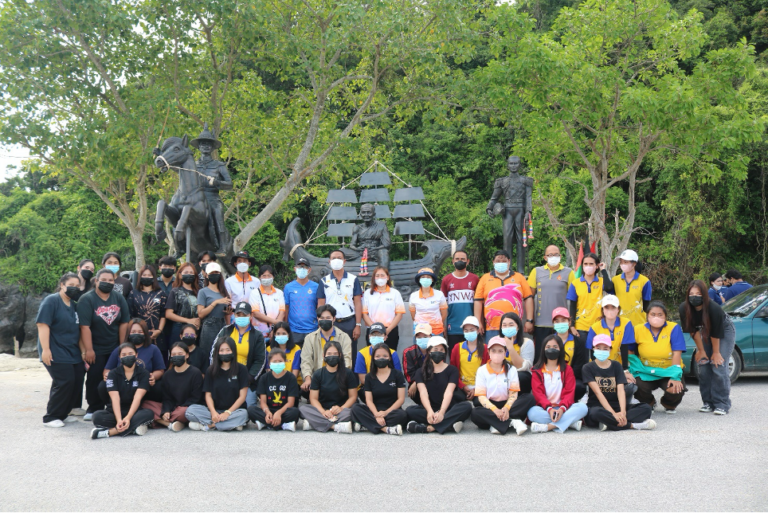Reporters : Asst.Prof.Dr.Natapon Kaewthong, Asst.Prof.Chayanat Buathongkhue, Dr.Prasert Nonthakarn, Mr.Tanakorn Inthasuth.
Indicator : 13.3.4
Date : 1 Mar 2022
The Songkhla Lake Basin, characterized by its extensive lagoon system, serves as a freshwater reservoir encompassing rainwater, canal freshwater, and seawater intrusion. It spans approximately 8,484.35 square kilometers and covers three provinces: Nakhon Si Thammarat, Phatthalung, and Songkhla. “While” a large, water-saturated area known as “Phru Khuan Khreng” occupies the northern part, the eastern part borders the Gulf of Thailand.
Mountain ranges mark the western part, with an average elevation of around 1,200 meters above sea level, gradually descending towards the lake basin.
The southern region of the Sankalakhiri mountain range, covered with forests and serving in the basin. Extensive lowlands surrounded by hills characterize the basin, and its landscape constantly changes. The Songkhla Lake Basin has a unique physical structure, dividing into four main regions with modest variations in water levels.
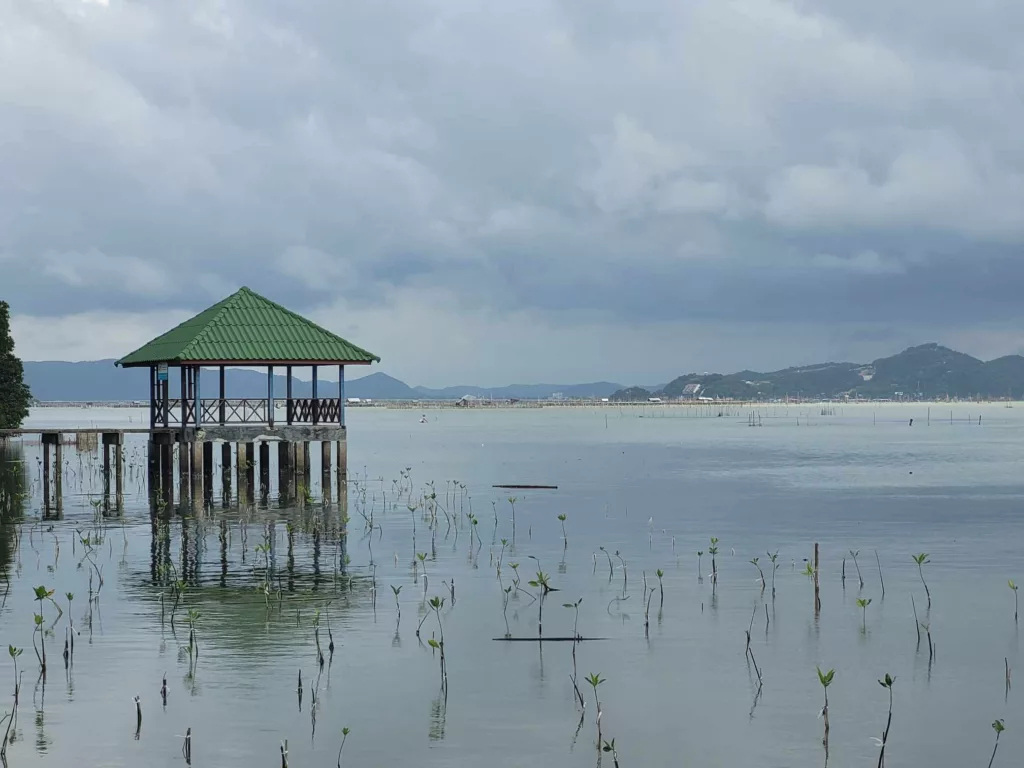
- <0.2 ppt (parts per thousand): The range indicates very low salinity and typically characterizes freshwater environments. Most rivers, lakes, and ponds fall within this range, and people consider them almost entirely freshwater.
- 0.2-0.5 ppt :Salinity levels between 0.2 and 0.5 ppt (parts per thousand) suggest slightly brackish conditions.
- 0.5-1.5 ppt : represents moderately brackish conditions. It is frequently observed in brackish water bodies, including certain coastal lagoons and inland water bodies.
- >1.5 ppt : indicate increasingly saline conditions. Water bodies in this range can encompass saline lakes, some brine pools, and regions with elevated salt concentrations. These conditions are classified as saline or hypersaline, and they often support distinct ecosystems adapted to high salinity levels.
Researchers use these salinity categories to classify the varying levels of salt concentration in different water bodies and environments.
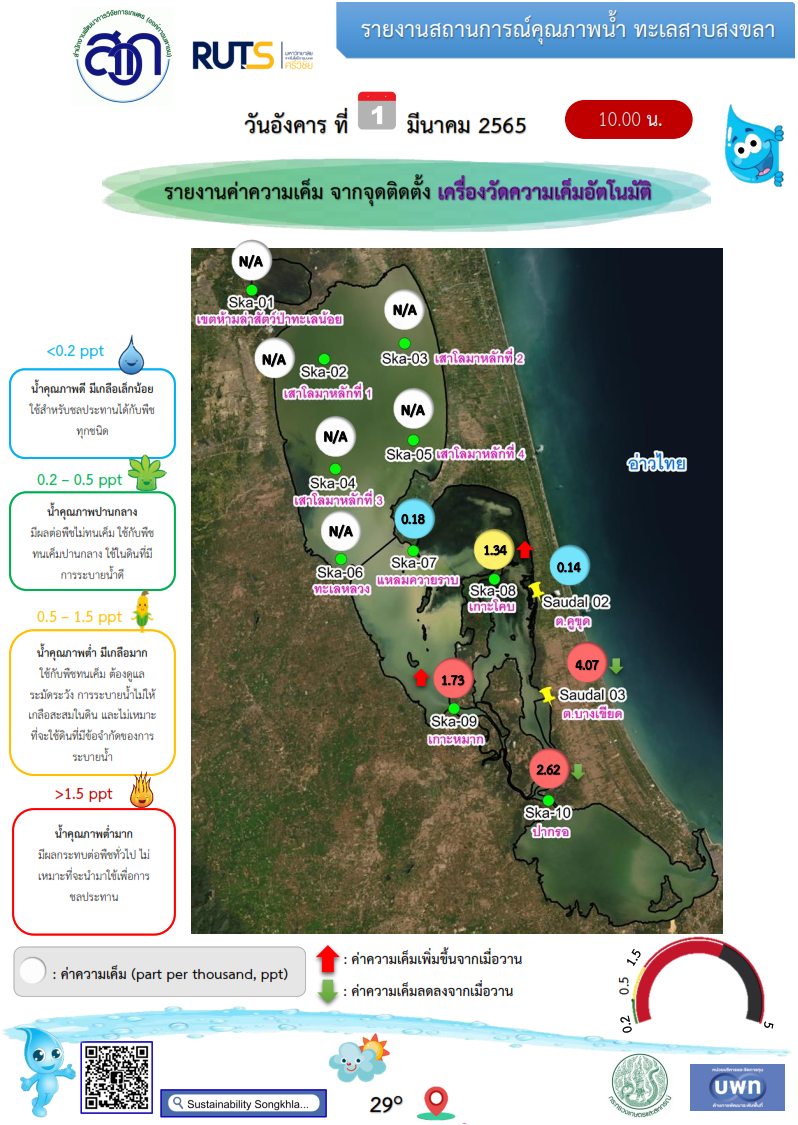
Songkhla Lake Basin Monitoring
Facebook provides notifications for the Songkhla Lake Basin through a color-coded system: Blue (Low Salinity), Green (Slight Brackishness), Yellow (Moderate Salinity), and Red (High Salinity). Additionally, these notifications inform residents about current salinity levels, helping them understand the prevailing water conditions.
Furthermore, this information encourages residents to be prepared and aware of changing salinity levels, thereby promoting the importance of following the official page for updates.
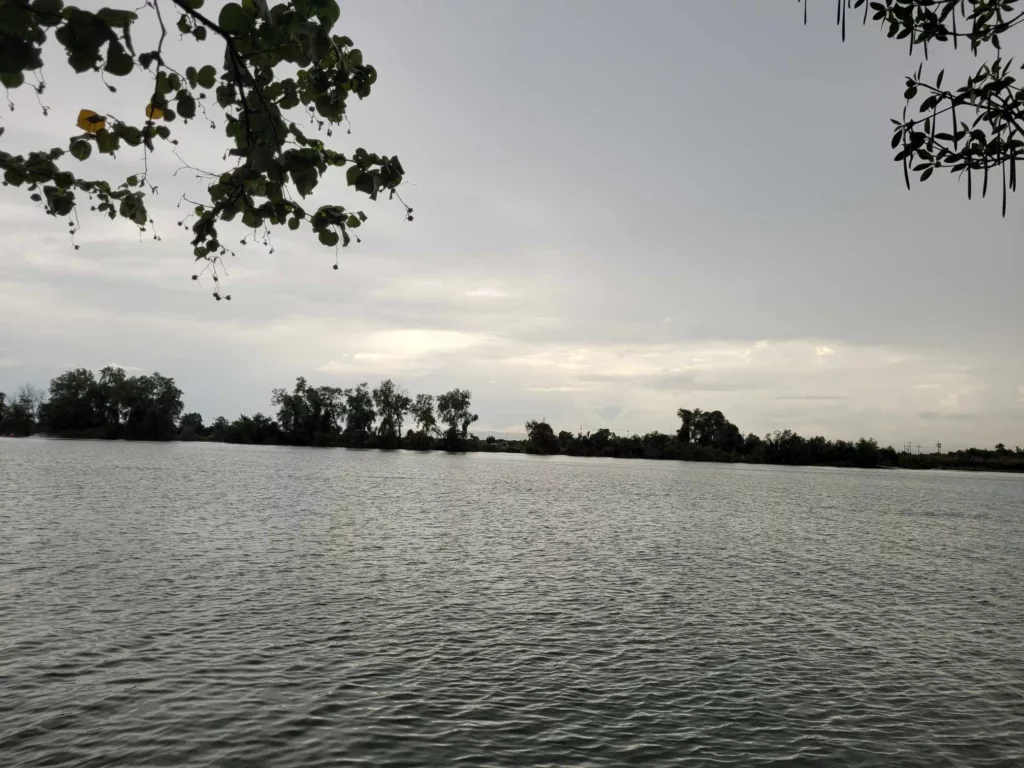
Related link:
https://www.facebook.com/103362405228051/photos/a.106314998266125/288646076699682/

